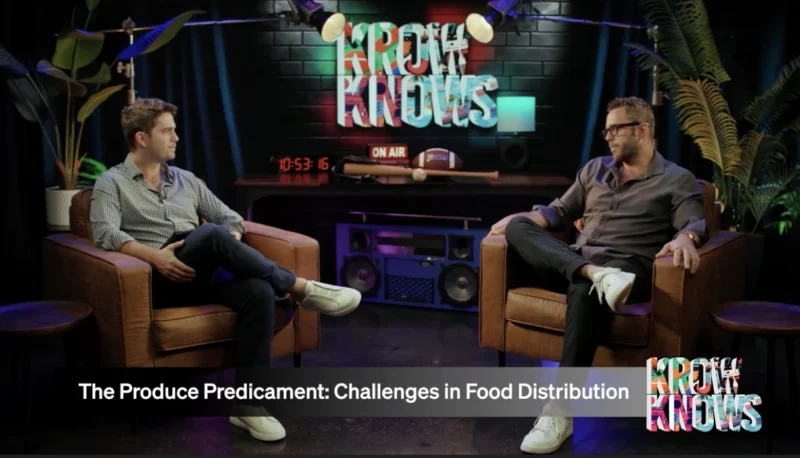How Condiment Supply Chain Shortages Make Or Break A Restaurant’s Flavor Profile
Condiments, sauces, and spices significantly impact the flavor profile of a meal. But, with recent issues in the supply chain, restaurants are facing a ketchup shortage. This requires ketchup manufacturers to increase production while the cost of the condiment rises across the board.
What do these supply chain issues mean for restaurants, and how does the shortage of these condiments impact their foods’ flavor?
Voice of B2B, Daniel Litwin, talked with Dr. Bryan Le, Food Scientist and Food Industry Consultant, and Author of 150 Food Science Questions Answered on Marketscale TV, about these supply chain shortages. They also talked about how this impacts the flavor of a restaurant’s food.
In 2018, a cyclone interrupted the vanilla supply chain in Madagascar. This made things complicated, as the flavor of vanilla is harder to mimic, according to Le. Madagascar produces 85 percent of the world’s vanilla. This impacted baked goods but also has a more significant impact on flavor profiles.
“Vanilla is really critical for smoothing out the flavor of dairy products and beverages,” Le said. “So, natural vanilla is a whole different animal from something like synthetic vanilla.”
Kraft Heinz plans to increase ketchup production by 25 percent, which will see packets rise by 12 billion per year. The cost of packets has increased by 13 percent since January 2020. In order to offset these costs to restaurants. McDonald’s attempted to charge customers for ketchup, but it caused an uproar from customers.
“Ketchup and other condiments are essentially add-on flavor contributors,” Le said.
Follow us on social media for the latest updates in B2B!
Twitter – @MarketScale
Facebook – facebook.com/marketscale
LinkedIn – linkedin.com/company/marketscale








